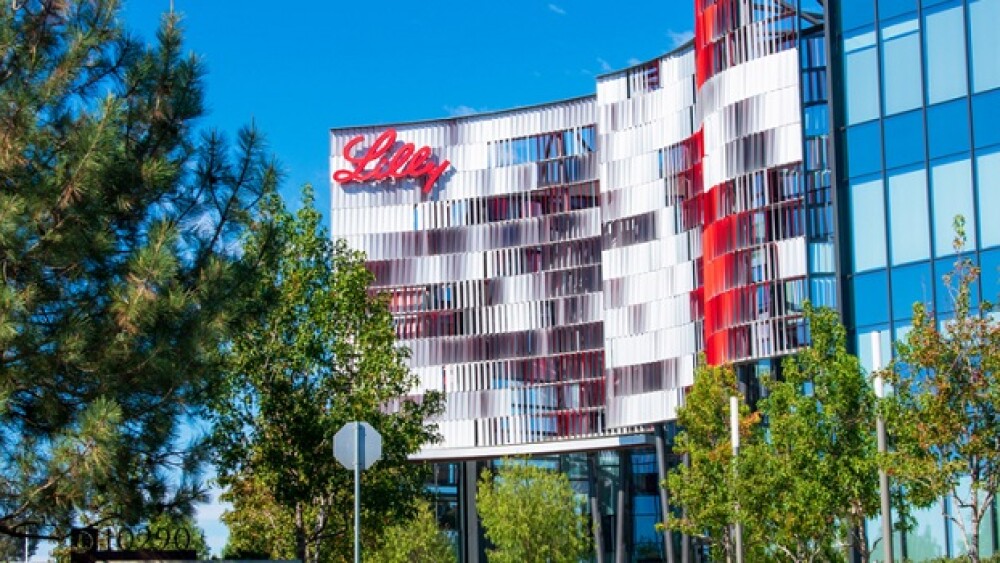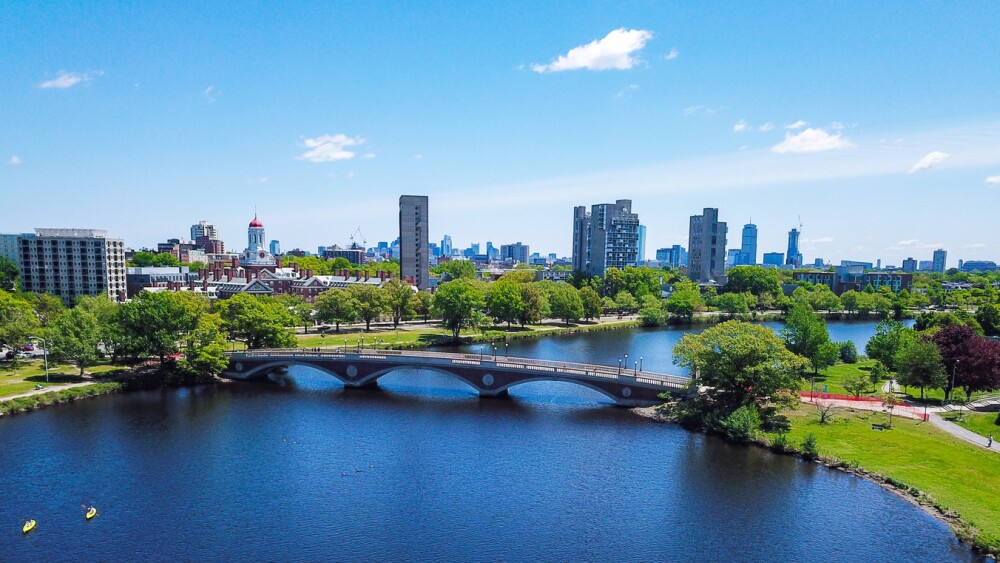The U.S. FDA expanded the Emergency Use Authorization for the Pfizer and BioNTech vaccine to include adolescents ages 12 to 15 after clinical data showed 100% efficacy response.
Paul Bersebach/MediaNews Group/Orange County Register via Getty Images
The U.S. Food and Drug Administration (FDA) expanded the Emergency Use Authorization for the Pfizer and BioNTech vaccine to include adolescents ages 12 to 15 after recent clinical data showed 100% efficacy and “robust antibody responses.”
The efficacy response for this age range is even higher than the data seen in patients ages 16 and up, for which the vaccine was initially authorized in December 2020. The FDA’s authorization is the first COVID-19 vaccine approved for this age group.
The Moderna and Johnson & Johnson vaccines are currently only approved for 18 years of age and older. They are also running trials on people under the age of 18.
The Pfizer and BioNTech vaccine’s amended authorization comes before the start of many summer programs and the 2021-2022 school year. The two-shot dosing regimen three weeks apart will be the same for this age group as for older patients.
Topline results from this trial showed vaccine efficacy of 100% in participants in the 2,260 patient study with or without prior SARS-CoV-2 infection. In addition to the high effectiveness, the companies said the vaccine generated robust antibody responses and was also generally well tolerated. Participants will continue to be observed for long-term protection and safety for two years after their second dose.
Pfizer Chief Executive Officer Albert Bourla called the authorization a “significant step forward” in broadening the vaccination efforts in the United States.
“We are grateful to all of our clinical trial volunteers and their families, whose courage helped make this milestone possible. Together, we hope to help bring a sense of normalcy back to young people across the country and around the world,” Bourla said in a statement.
Pfizer and BioNTech are also seeking authorization in Europe for this age group. The companies will also seek approval from other regulatory agencies that have granted prior EUA for use in adults 16 and over. The two companies anticipate additional authorizations to come within a matter of weeks.
According to data from the U.S. Centers for Disease Control, from March 2020 through April 2021, there have been 1.5 million cases of COVID-19 in children ages 11 to 17. Most of the cases have been mild in comparison to adults.
Acting FDA Commissioner Janet Woodcock also touted the expanded use of the vaccine as a significant step toward curbing the pandemic in the United States. She said inoculating younger people will bring the country closer to a sense of normalcy. She added that parents and guardians of adolescents in this group can be assured the FDA did its due diligence in examining all of the available clinical data before amending the EUA.
Following the FDA’s authorization, the CDC’s Advisory Committee on Immunization Practices (ACIP) will meet to discuss the amended EUA to use the Pfizer-BioNTech COVID-19 Vaccine in adolescents 12 to 15 years of age.
Pfizer and BioNTech continue to investigate the use of the vaccine in pediatric patients and are also assessing the medication against the different viral strains that are becoming predominant in parts of the world.
Ugur Sahin, CEO of BioNTech, said the goal is to get the vaccine to as many people across the world as possible to halt the spread of the virus. Sahin said the company hopes to submit clinical data for pre-school and school-age children in September. A readout for the cohort of children 6 months to 2 years of age is expected in the fourth quarter.
The amended EUA comes about only a few days after Pfizer and BioNTech, as well as Moderna, indicated they would all seek full approval from the FDA for their vaccines. Pfizer and BioNTech indicated they would seek approval based on longer-term data collected in a pivotal Phase III trial, where the vaccine’s efficacy and favorable safety profile were observed up to six months after the second dose.





